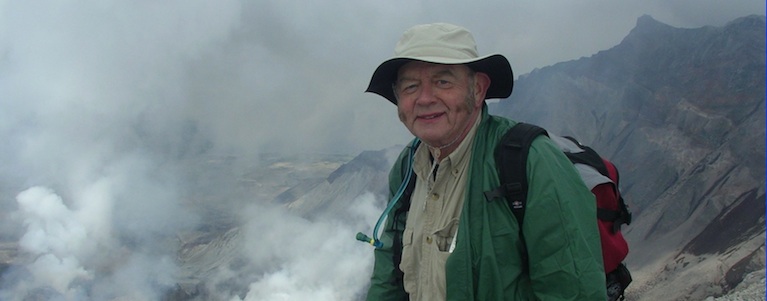The dramatic and widespread fallout from the COVID-19 vi-rus has thrown the U.S. higher education system into a state of turmoil with fears that it could transform into an existential moment for the time-honored American tradition of high school graduates heading off to college.
“What every college and university is facing is an immediate cash flow crisis,” says Terry Hartle, senior vice president of the American Council on Education. ”We’re dealing with something completely unprecedented in modern history. There is just so much ambiguity how this will continue to evolve.”
Families are entitled to re-funds on room and board since those services are no longer being used, but there’s an out-standing question about tuition refunds as teaching migrates online and the quality of education is questionable. Students complain that online education is much less effective than in-person classes, and parents are asking, “You want this tuition but sonny will be sitting here at home playing with his phone?”
Across America, campuses have become ghost towns, graduation ceremonies have been canceled and school administrators watch as the pandemic rips through budgets, costing billions of dollars in refunded room and board. Some students are seeking partial repayment of their tuition, arguing that online classes can’t compare to campus learning. Hiring freezes have been imposed at some schools, and laid-off professors face difficult job prospects.
Info: shpr.fyi/colleges
Doubling Solar Panel Efficiency?

Solar panel efficiency might be improved by getting high-energy photons striking silicon to kick out two electrons instead of one.
In any conventional silicon-based solar cell, there is an absolute limit on overall efficiency, based partly on the fact that each photon of light can only knock loose a single electron, even if that photon carried twice the energy needed to do so. But now, researchers have demonstrated a method for getting high-energy photons striking silicon to kick out two electrons instead of one, opening the door for a new kind of solar cell with greater efficiency than was thought possible.
The key to splitting the energy of one photon into two electrons lies in a class of materials that possess “excited states” called excitons.
The key was in a thin, only a few atoms thick, intermediate layer of a material called hafnium oxynitride.
“It turns out this tiny, tiny strip of material at the interface between these two systems [the silicon solar cell and the tetracene layer with its excitonic properties] ended up defining everything,” they said.
That finally made it possible for the single high-energy pho-tons to trigger the release of two electrons inside the silicon cell. That produces a doubling of the amount of energy produced by a given amount of sunlight in the blue-green part of the spectrum.
Info: shpr.fyi/2xsolarcell
Signal Most Secure Email Cryptography
Last month, the highly respected cryptographer and coder known as Moxie Marlinspike was getting settled on an air-plane when his seatmate, a midwestern-looking man in his 60s, asked for help. He couldn’t figure out how to enable air-plane mode on his aging Android phone. But when Marlinspike saw the screen, he wondered for a moment if he was being trolled: Among just a handful of apps installed on the phone was Signal.
Marlinspike launched Signal, widely considered the world’s most secure end-to-end encrypted messaging app, nearly five years ago, and today heads the nonprofit Signal Foundation that maintains it. But the man on the plane didn’t know any of that. He was not, in fact, trolling Marlinspike, who politely showed him how to enable airplane mode and handed the phone back.
“I try to remember moments like that in building Signal,” Marlinspike told Wired in an interview over a Signal-enabled phone call the day after that flight. “The choices we’re making, the app we’re trying to create, it needs to be for people who don’t know how to enable airplane mode on their phone,” Marlinspike says.
Various schemes proposed by ignorant politicians to force manufacturers to be able to un-encrypt any message are existential threats to nonprofit Signal and its world-best encryption. If those laws were passed, all encryption would be impossible, including that of our bank when it sends us our balance.
Info: shpr.fyi/signal



